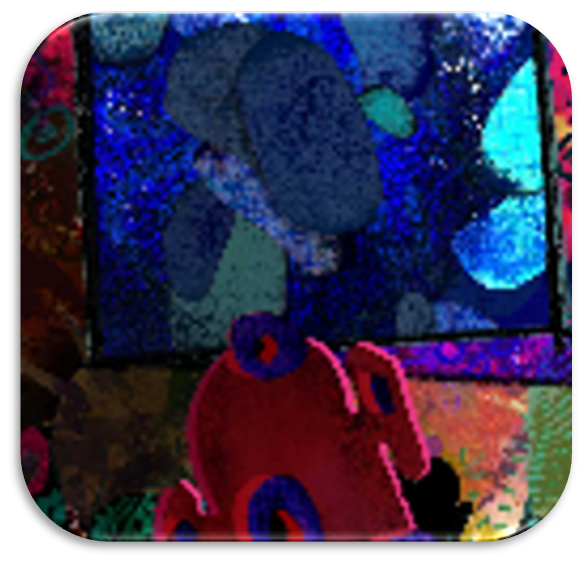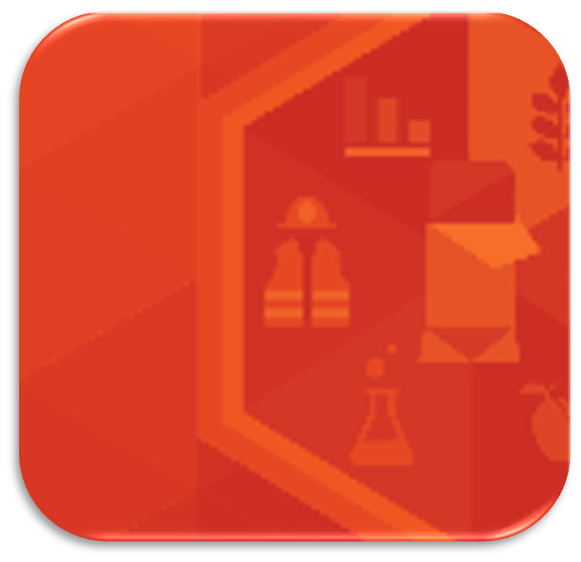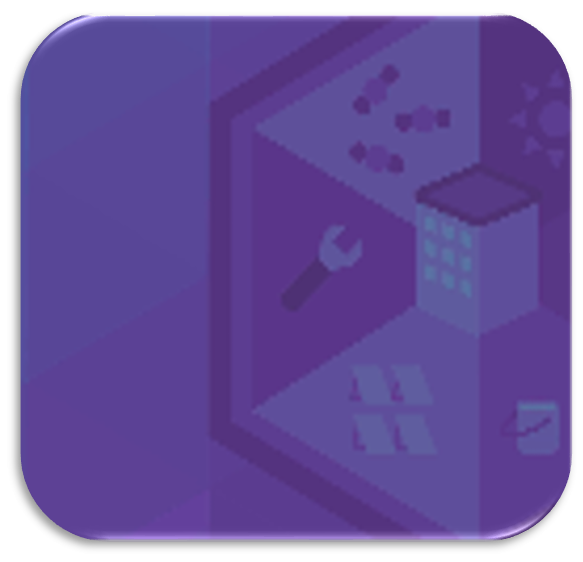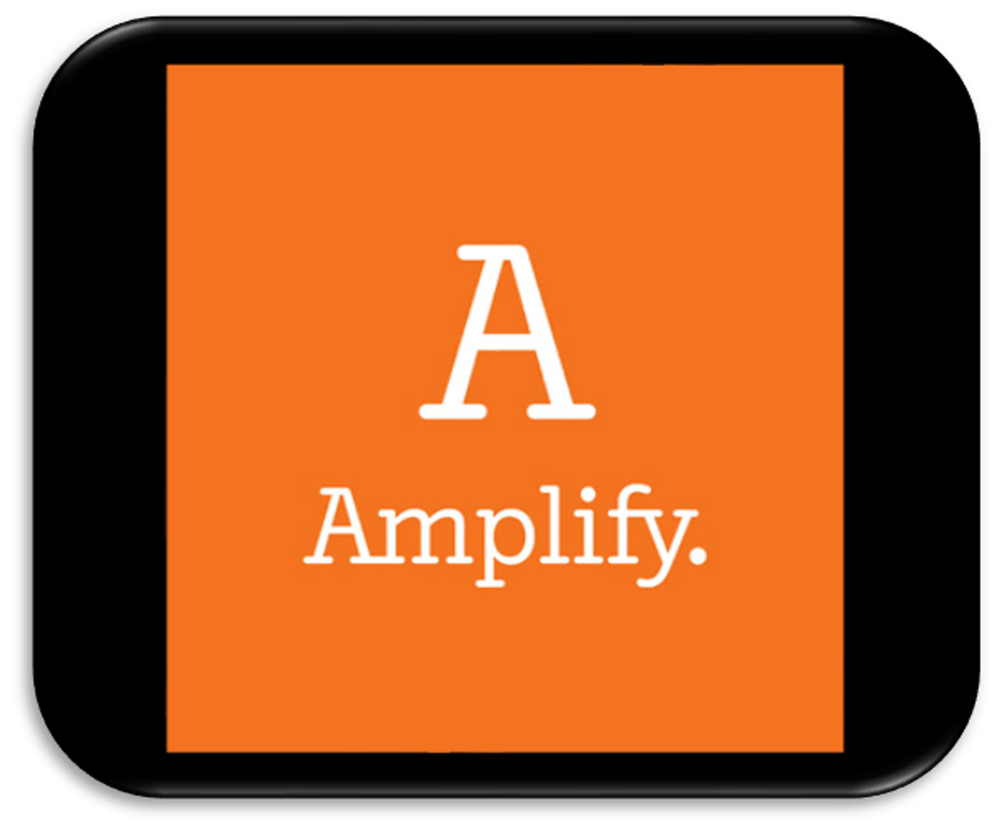- School District of Beloit
- 6th Grade - Science
6th Grade - Science
-
The School District of Beloit has a vision for science education that engages all students in science by working with rigorous, relevant, and real-life problems. We do this through the use of curricular resources that are aligned to the Next Generation Science Standards. These resources encourage students to discover the world around them, in order to provide foundational knowledge to all and encourage all students to continue to learn and to keep wonder alive. The goal of the science program is to prepare our students for their future, which could be very different from the world we live in today. As a result, we have developed a scope that allows students to build upon and revise prior knowledge and encourages all students to engage in the practices of science and engineering.
6th Grade Science Units
-

Unit 1 - Microbiome
Findings about the human microbiome are all over the news and are attracting the attention of scientists from many different fields—for good reason! There is evidence to suggest that the approximately 100 trillion bacteria living on and in the human body may correlate to many different health conditions. Further, altering one’s microbiome can result in altering one’s health, for better or worse. Most notably, a treatment known as a fecal transplant—a transplant that involves using microorganisms from one person’s healthy gut microbiome to cure another person who is suffering from a potentially deadly infection—has been under review. These developments have sent many from the scientific community to further investigate the human microbiome. In this unit, students take on the role of student researchers as they work out and explain the anchor phenomenon for the unit—a fecal transplant cured a patient suffering from a potentially deadly C. difficile infection. They make arguments that justify continued research of this new treatment. By engaging in sense-making about the same types of data that professional scientists use, they work to understand how having 100 trillion microorganisms on and in the human body can keep a person healthy. In the process, they learn to examine living things at multiple scales, from molecules to single-celled organisms to the overall human body.
-

Unit 2 - Metabolism
Through inhabiting the role of medical students in a hospital, students are able to draw the connections between the large-scale, macro-level experiences of the body and the micro-level processes that make the body function as they first diagnose a patient and then analyze the metabolism of world-class athletes. They uncover how body systems work together to bring molecules from food and air to the trillions of cells in the human body.
-

Unit 3 - Metabolism Engineering Internship
Futura Engineering has been hired to design a series of health bars that will feed people in regions affected by natural disasters, with a particular emphasis on two populations who have health needs beyond what can be provided by emergency meals: patients and rescue workers. Can we develop nutrition bars that will provide the proper balance of protein and carbohydrates for these target populations? Students work as food engineer interns at Futura Engineering and apply their understanding of metabolism in designing recipes for bars that balance three criteria: the metabolic needs of a target population, taste, and cost. In order to address metabolic needs, interns look at protein, carbohydrates, and the glycemic index of different ingredients. Protein is broken down into amino acids, which are made into new protein molecules that aid in cellular growth and repair—how effective the body is at making these protein molecules can be measured using a Growth and Repair Test. Carbohydrates are broken down into glucose, which the body uses for energy to do all the things it needs to do. Glycemic index is a measure of how quickly these carbohydrates can be broken down. In order for the body to release energy from glucose, the glucose must be combined with oxygen in the cells; the level of oxygen available to the body affects how well the cells are able to perform this process of cellular respiration.
Students design a recipe for a health bar (FuturaBar) that addresses the needs of their target population by balancing the protein composition, carbohydrates, and glycemic index while maximizing the taste score and minimizing cost. Students complete several tests and tasks using Futura RecipeTest, a digital design tool, to collect data. They analyze this data and run iterative tests of their recipes, preparing a final proposal that justifies the choices they made relative to the criteria.
-

Unit 4 - Earth's Changing Climate
Earth’s climate is changing, with average temperatures increasing by about 0.8°C since 1880. While the increase may sound small, the result is not. One of the many observable changes is that ice on Earth is vanishing, which is the anchor phenomenon for this unit. Students adopt the role of climatologists who help the fictional World Climate Institute research causes of ice loss and climate change with the goal of educating the public about their findings. In order to delve into the mechanism of climate change, students investigate with a computer simulation, data, physical models, and science texts. They refute claims based on common misconceptions—an increase in solar energy or direct heating from human activities cause global warming. Students learn how energy from the sun interacts with Earth's atmosphere and surface. They learn that the amount of energy absorbed at the surface controls global average temperature and that the increase in Earth's temperature correlates with an increase in the amount of carbon dioxide and methane in the atmosphere. So what is causing the temperature increase? Students figure out that whenever more energy enters the atmosphere than exits, the amount of energy absorbed by the surface increases. Then they discover the cause of Earth's energy imbalance—increased carbon dioxide or methane in the atmosphere redirects outgoing energy back to Earth’s surface, reducing the flow of energy that exits the Earth system. Through investigations, they learn that human activities, including increased combustion of fossil fuels and greater numbers of livestock kept for the benefit of humans, are responsible for increasing amounts of carbon dioxide and methane in the atmosphere. Along the way, students learn some of the effects of climate change, some possible solutions, and compare our current climate change to other climate changes in Earth’s history. The unit concludes with a Science Seminar where students analyze evidence and debate whether large volcanic eruptions cool or warm Earth.
-

Unit 5 - Earth's Changing Climate Engineering Internship
The Earth is warming due to a dramatic increase in the amount of carbon dioxide and other greenhouse gases. Buildings are primary producers of greenhouse gases due to the amount of fuel needed to generate the electricity required to cool and heat them. Engineers are using their understanding of scientific concepts to make improvements to existing buildings or to design new technologies to minimize the amount of carbon dioxide released into the atmosphere. Two current strategies for reducing the carbon dioxide output of buildings are increasing albedo (the amount of light from the sun that is reflected away from the surface) and increasing the use of solar panels, which generate energy without burning fuels.
In this unit, students are immersed in an Engineering Internship. As civil engineering interns at Futura Engineering, they learn about The Design Cycle and apply their understanding of energy and climate science to create roof modification designs for a city in the desert. Students consider two roof types, white and solar, and design a proposal of roof modifications the city could implement to reduce the city’s climate impact. The project asks students to consider three criteria: reducing climate impact, preserving the city’s historical character, and keeping costs low. Students use the RoofMod Design Tool to collect and analyze data, complete iterative tests, and learn about isolating variables. By the end of this unit, students can describe engineering practices and compose a written proposal that supports their optimal design for making the city more environmentally responsible, while managing the trade-offs of each of the project criteria.
-

Unit 6 - Thermal Energy
Temperature is a fundamental part of human life. From the daily highs and lows reported on the news to the settings on an oven, temperature measurements are ubiquitous, reflecting the important role that temperature changes play in one’s experiences of the world. Although the sensory experience of temperature is intuitive, this intuition obscures the true nature of temperature and why it changes. To understand heating and cooling, students will go beyond intuition to discover that observed temperature changes can be explained by the movement of molecules, which facilitates the transfer of kinetic energy from one place to another.
In their role as student thermal scientists, students work with the principal of Riverdale School, a fictional school, in order to help choose a new heater system. The principal is considering two proposed systems, both of which would use water to heat the school. However, these systems differ in important ways. How these two systems work serves as the anchor phenomenon for this unit and the explanations students make allow them to make a recommendation to the principal. The water heater system uses a small amount of warmer water to heat the school. The groundwater system uses a large amount of slightly cooler water to heat the school. Throughout the unit, students are called upon to analyze the differences between these two systems at the molecular scale and to explain how and why they will heat the school. To do so, students make use of the Thermal Energy Simulation, which provides evidence about the molecular nature of temperature and its relationship to kinetic energy.
-

Unit 7 - Ocean, Atmoshphere, and Climate
In the Ocean, Atmosphere, and Climate unit, students investigate how ocean currents behave and what effect they have on the climate of different locations around the world, specifically the air temperature of various locations. Energy flow from the sun is what drives this story. The sun transfers energy unevenly across Earth, with the most energy transferred at the equator and the least transferred at the poles. This energy from the sun is the main factor in what determines the air temperature of a place. Winds push the ocean surface, which contributes to the behavior of ocean currents. As surface ocean currents move around Earth—warm water is carried away from the equator and cold water is carried away from the poles—they gradually exchange energy with the atmosphere of the regions they pass. This results in the warming or cooling of the air affecting the overall temperature and climate of a region. When changes in the atmosphere or oceans occur that affect the patterns of these ocean currents, the effects can be felt around the world.
In the role of climatologists, students investigate changes in air temperature in Christchurch, New Zealand during El Niño years. This serves as the anchor phenomenon that students will investigate throughout the unit. Students are called upon by the New Zealand Farm Council, who have noticed climate change that has affected their crops. During El Niño years, the air temperature is cooler than usual. Students are tasked with explaining what causes the change in air temperature. By analyzing temperature fluctuations caused by changes in wind and surface ocean currents that occur during El Niño years, students learn about the relationship between the atmosphere and the ocean and its effects on regional climate/temperature patterns.
By the end of 6th Grade, students will...
-
- conduct an investigation and/or evaluate and/or revise the experimental design to produce data to serve as the basis for evidence that meets the goals of the investigation
- evaluate the limitations of a model for a proposed object or tool.
- construct, use, and/or present an oral and written argument supported by empirical evidence and scientific reasoning to support or refute an explanation or a model for a phenomenon or a solution to a problem.
- develop and/or use a model to predict and/or describe phenomena.
- construct, use, and/or present an oral and written argument supported by empirical evidence and scientific reasoning to support or refute an explanation or a model for a phenomenon or a solution to a problem.
- develop a model to describe unobservable mechanisms.
- gather, read, synthesize information from multiple appropriate sources and assess the credibility, accuracy, and possible bias of each publication and methods used, and describe how they are supported or not supported by evidence.
- define a design problem that can be solved through the development of an object, tool, process or system and includes multiple criteria and constraints, including scientific knowledge that may limit possible solutions.
- listen actively to arguments to indicate agreement or disagreement based on evidence, and/or to retell the main points of the argument.
- analyze and interpret data to provide evidence for phenomena.
- develop and/or use a model to generate data to test ideas about phenomena in natural or designed systems, including those representing inputs and outputs, and those at unobservable scales.
- apply scientific ideas or principles to design, construct, and/or test a design of an object, tool, process or system.
- ask questions to identify and/or clarify evidence and/or the premise(s) of an argument.
- plan an investigation individually and collaboratively, and in the design: identify independent and dependent variables and controls, what tools are needed to do the gathering, how measurements will be recorded, and how many data points are needed to support a claim.


